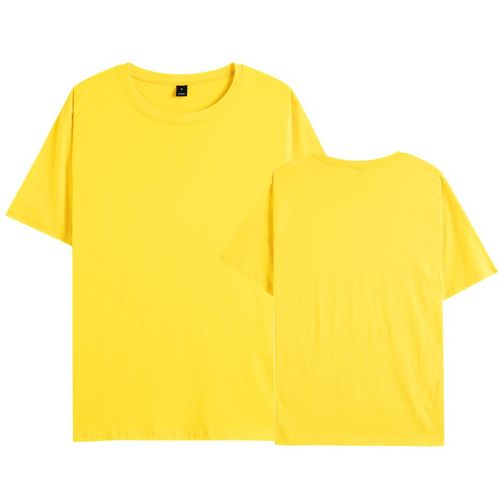Creating unique, customized clothing is an art that requires comprehensive consideration of design, fabric selection, tailoring, sewing and many other factors. The following is a more detailed step, I hope it can help you:
1. Determine the design: First, you need to clarify your personality and style, and Think about the requirements for the style, color, pattern, etc. of the clothes you want to customize. Get inspiration by looking at trends in fashion magazines, websites or social media.
2. Find a professional designer: It is very important to find an experienced designer who is good at personal customization. You can find the right designer through recommendations, searching online platforms, or consulting fashion schools. Communicate your needs with the designer and determine the design plan based on the designer’s professional advice.
3. Measure body size: Accurate body size is the basis for creating customized clothing. Designers will use professional measuring tools to measure various parts of the body, including bust, waist, hip, shoulder width, etc. This ensures the fit and comfort of the garment.
4. Choose fabric: Fabric is one of the keys to customized clothing. Choose the appropriate fabric according to the design style and seasonal requirements. You can consult the designer about the type, texture, maintenance methods, etc. of fabrics and make appropriate comparisons and choices.
5. Make a sample: The designer will make a sample according to your requirements so that you can determine the details, such as color, pattern and decoration. Through repeated communication and modification, ensure that the final model meets your expectations.
6. Cutting and sewing: Once the pattern is determined, the designer will cut the fabric according to the measured dimensions and sew and assemble it. Several fittings and adjustments may be required during this period to ensure the fit and quality of the garment.
7. Customized details: The uniqueness of privately customized clothing lies in the details. You can add personalized elements according to your personal preferences, such as embroidery, lace, decorations, etc. At the same time, you can also choose personalized accessories such as buttons, zippers and buttons.
8. Inspection and modification: After the clothing is completed, the designer will conduct detailed inspection to ensure that all details and workmanship meet the standards. If necessary, final touches and touches are made to achieve the best results.
9. Customer try-on: After completing the garment, the designer will ask you to try it on and listen to your opinions and feedback. If necessary, the garment can be adjusted again to ensure perfect fit and comfort.
10. Maintenance and maintenance: Personally customized clothing is usually high-end customization, so special attention should be paid to maintenance and upkeep. According to the characteristics of the fabric, follow the corresponding cleaning and maintenance methods to extend the service life of the garment.
Creating unique, customized clothing takes time and expertise, but it can show your personality and taste and bring you a unique wearing experience . If you need more specific guidance, please consult a professional designer or fashion school for relevant courses.









